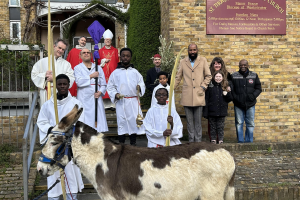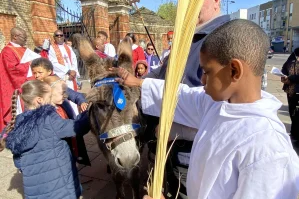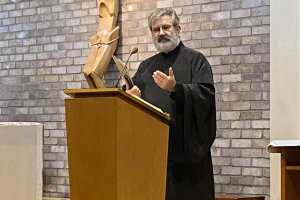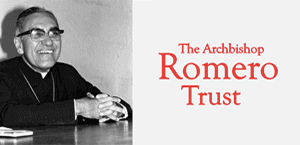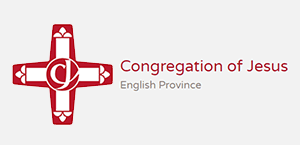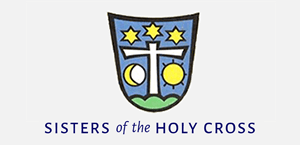Obituary: Lady Margaret Tredgold
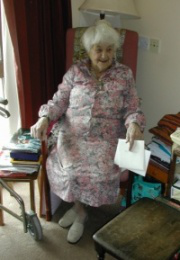
Lady Margaret Tredgold in 2010
The death on All Saints Day of my friend Lady Margaret Tredgold at the age of 102, removed from us a Catholic of indomitable spirit and unwavering faith. She gave the best years of her life to Zimbabwe where her artistic skills and personal example reached across the racial divide.
One of seven sisters, Margaret grew up in the South African country town of Aliwal North. One of her earliest memories was of watching the stagecoach, with armed outriders, passing in a cloud of dust at sunset, taking diamonds to Johannesburg. After school, she qualified as an art teacher and moved to Zimbabwe, then Southern Rhodesia, to take up a teaching post. Marriage to Bill Phear, a lawyer, in 1934 marked a turning point: she became a Zimbabwean citizen and her love affair with the country's flora began.
Margaret wrote later: "The Matopo hills near Bulawayo are still largely unexplored as regards the exquisite flora and fauna flourishing around their mysterious great rock castles and ancient painted caves. In World War II this countryside was seen only as a challenge by weary young RAF trainees taken there for map-reading practice, but among them walked Squadron Leader Robert Martineau. Robert amazed us with the beauty and quantity of his discoveries."
Margaret began making watercolour portraits of the flowers, capturing the individual spirit of each before it faded. Her paintings caught the eye of a high-court judge, Sir Robert Tredgold, president of the National Museum, who was instrumental in the publication of Rhodesian Wild Flowers (1949), written by Martineau, and illustrated by Margaret. After the deaths of their respective spouses, they married in 1974, united by a common interest in the flora and folklore of Zimbabwe.
After Robert's death in 1977, Margaret finished their project on edible plants, with Food Plants of Zimbabwe appearing in 1986. A set of Zimbabwean stamps, issued in 2001, depicted six of her butterfly paintings. Other sets she illustrated featured Christmas celebrations and African folk tales for children.
Together Margaret and Robert had researched the roots of Zimbabwe's folk tales, publishing some 50 as illustrated children's books. One was awarded the children's book of the year prize at the Harare international book fair in 2003. Her research led Margaret to believe that Aesop's fables have their origins in Africa.
In later life, Margaret wrote and illustrated local African fables and a range of Bible stories to be used in schools and sold at low cost. Later, when grandchildren came along, she would write up their favourite stories for them. She was a wonderful story-teller and they - and all children - loved to listen to her.Lady Tredgold and her husband retired to Marondera where they supported the building of the new Catholic church in the town and befriended Franciscan missionaries. They recorded many of the traditional African folk tales and speculated on links with folk wisdom back as far as Aesop. Margaret wrote children's books based on the folk tales, which often featured local animals and snakes, and illustrated them with charming line drawings. The books became useful tools in promoting literacy. Her paintings of flowers were used for Zimbabwean stamp designs and she was also asked to design a set of Christmas stamps.
After her husband's death she continued to live in Zimbabwe but the upheaval following the seizure of farms meant that she had to relocate to England in 2004, where she joined her daughter in Somerset. Her mind was sharp right up to the end, and her spirit undaunted.
At the age of 100 she wrote and illustrated a booklet on St Nicholas for me. I was privileged to bring her communion from time to time, and know how much her faith meant to her. May she rest in peace.
One son, Patrick, predeceased Margaret. She is survived by her son Stephen, still living in Zimbabwe, daughter, Shirley, eight grandchildren and seven great-grandchilden.



